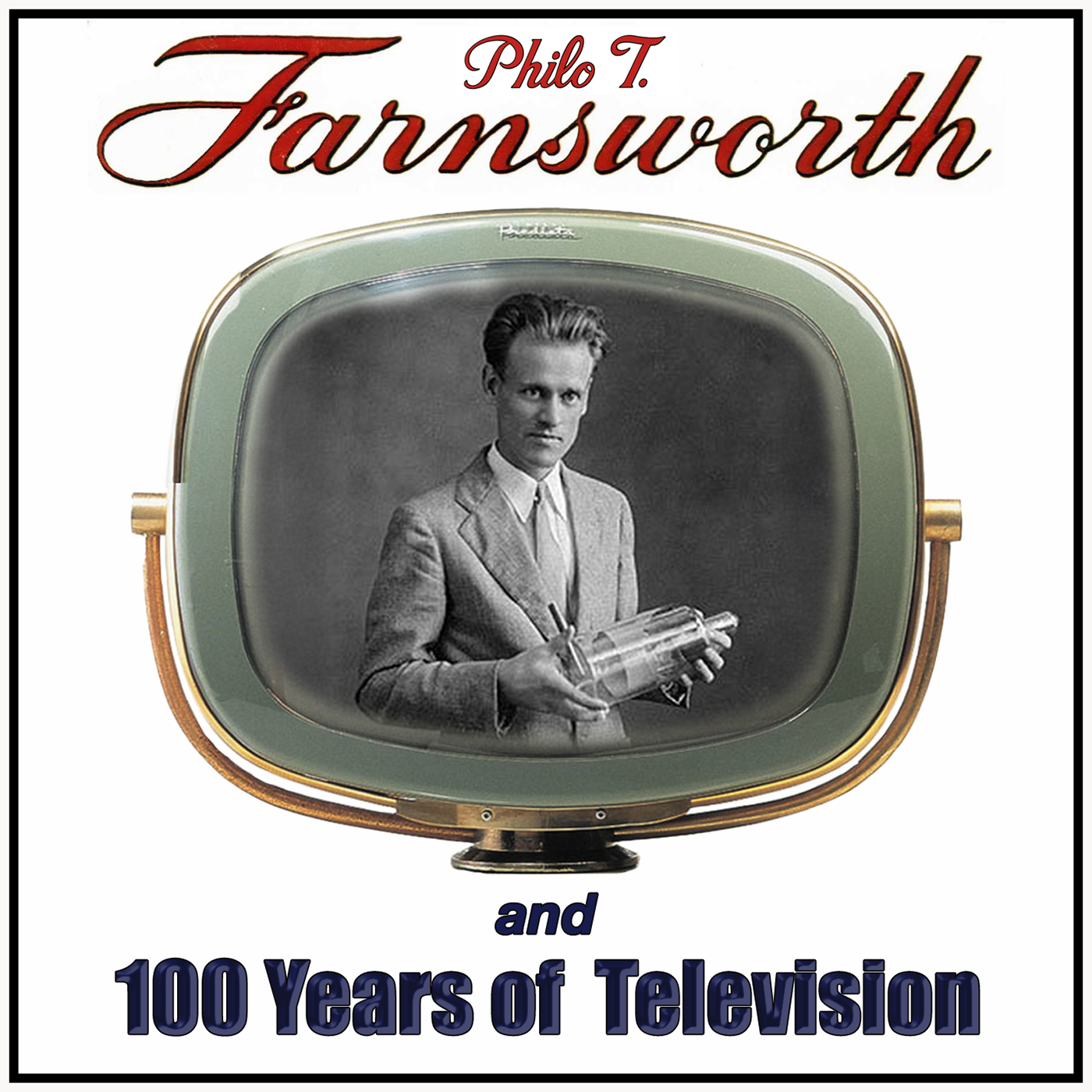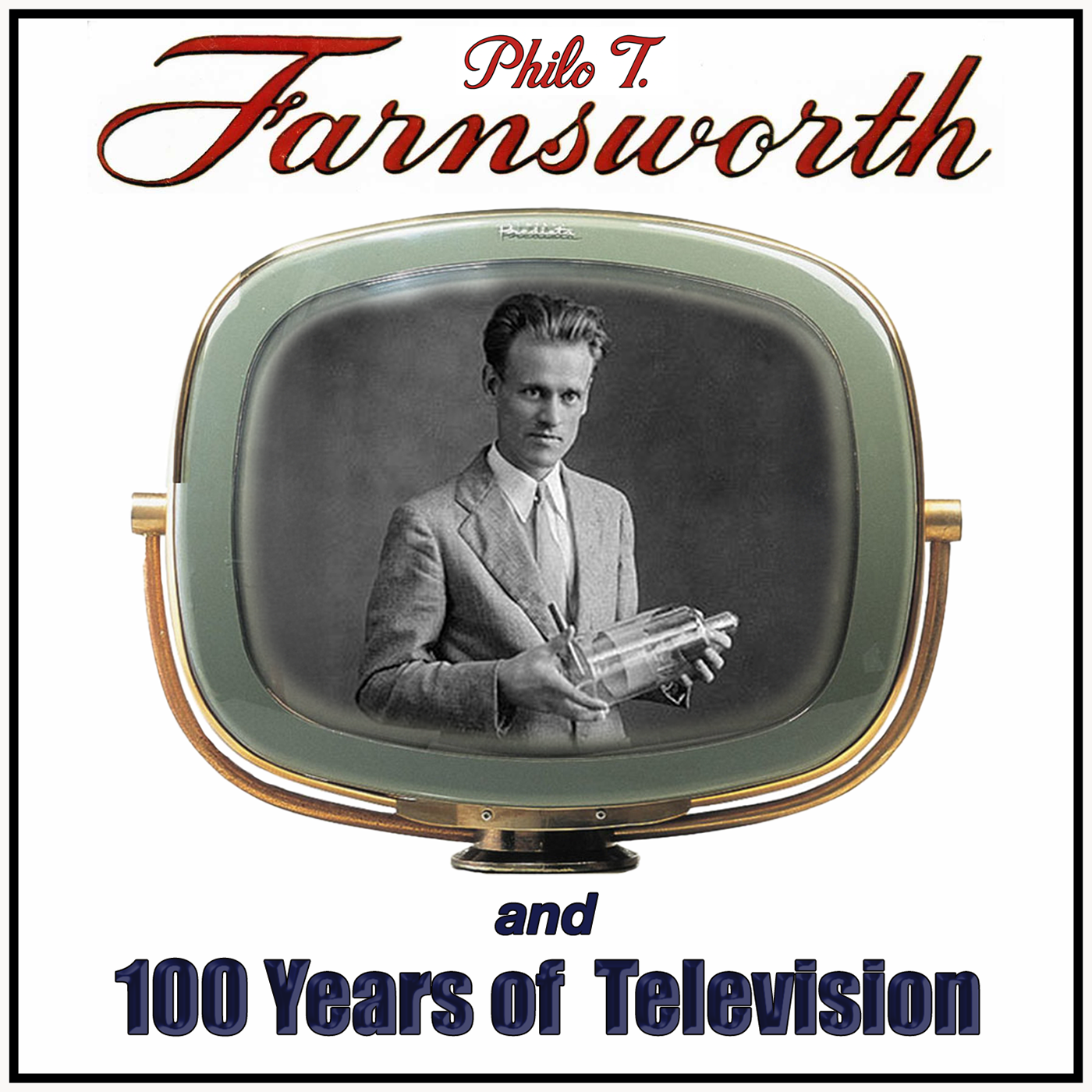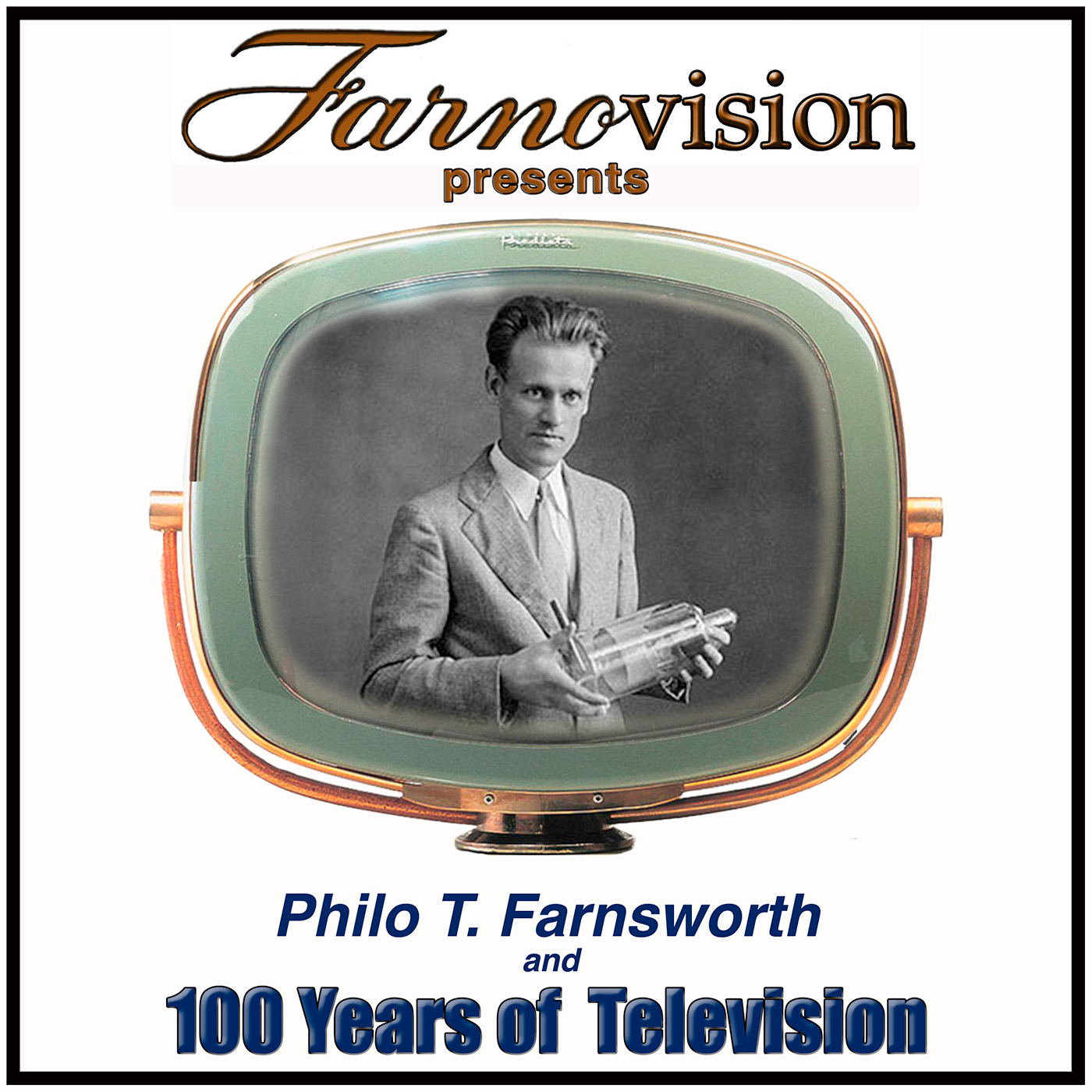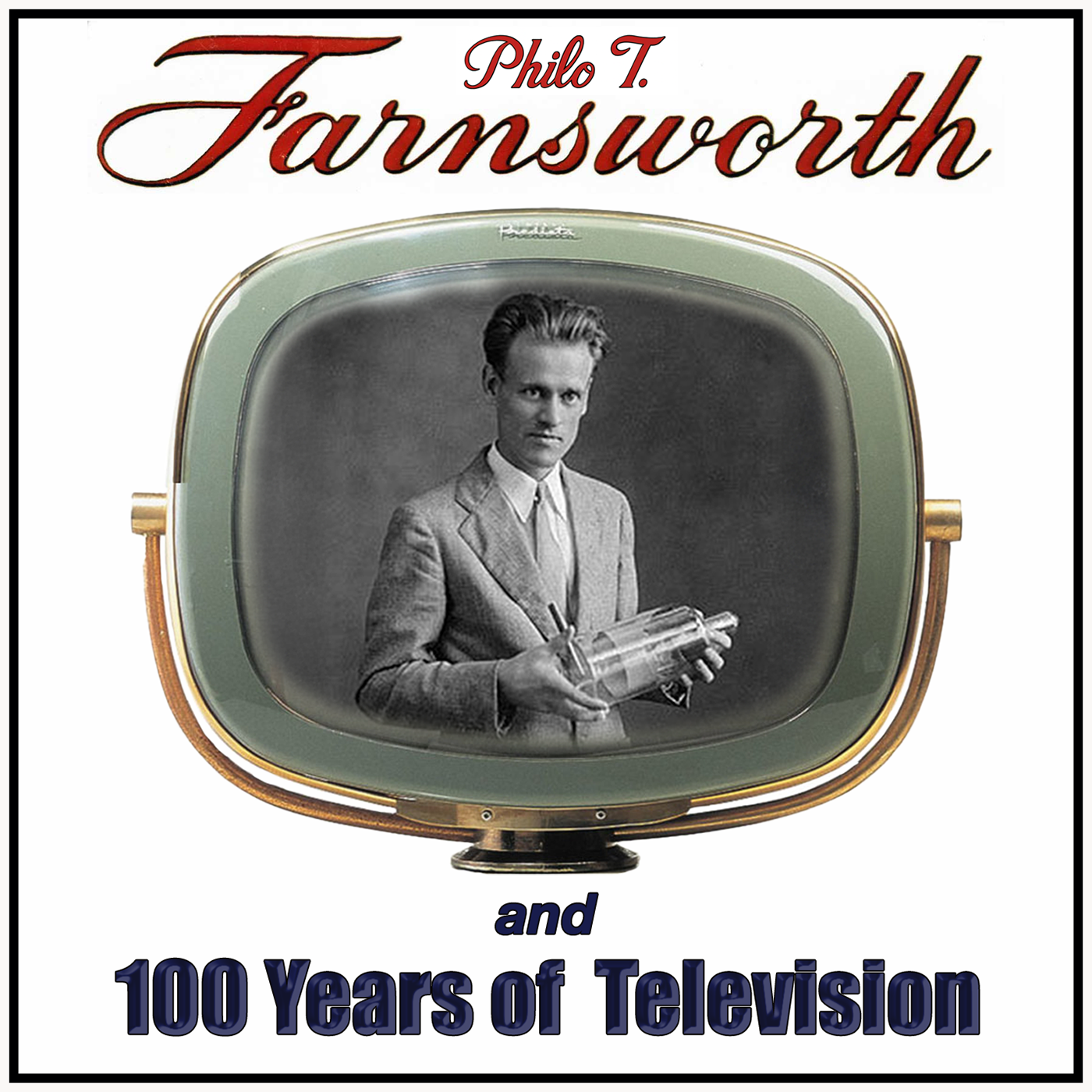Episode Transcript
[00:00:00] Speaker A: Sam.
[00:00:33] Speaker B: They all laughed at Christopher Columbus when he said the world was round they all laughed when Edison recorded sound they all laughed at Wilbur and his brother when they said that man could try they told Marconi wireless was a phony it's the same old cry they laughed at me wanting you Said I was reaching for the moon but oh, you came through now they'll have to change their cues they all said we never would be happy they laughed at.
[00:01:09] Speaker C: Us the physicist and philosopher Roger Penrose.
[00:01:12] Speaker A: Once said, to have the right idea is one thing, but to have the.
[00:01:17] Speaker C: Right idea and make it work is everything.
[00:01:22] Speaker A: Welcome to TV100, a podcast dedicated to somebody who had the right idea and.
[00:01:29] Speaker C: The history, culture and technology shaped by that idea in the nearly 100 years since he made it work.
Hi, I'm Paul Schatzkin, and for the.
[00:01:40] Speaker A: Next 100 weeks, we're going to travel through a century of video history, counting down to September 7, 2027, the day.
[00:01:50] Speaker C: We will celebrate the centennial of television.
Now, you may be asking, why 100 years?
So let me tell you a story.
In the summer of 1921, a 14 year old farm boy named Philo T. Farnsworth had an idea. And on September 7, 1927, he made that idea work.
That moment in a laboratory in San.
[00:02:17] Speaker A: Francisco, when the first fully electronic video.
[00:02:21] Speaker C: Image was transmitted from the bottom of.
[00:02:23] Speaker A: One empty bottle to another, forever altered.
[00:02:27] Speaker C: The trajectory of human civilization.
Here in the 21st century, we stare at screens all day.
[00:02:35] Speaker A: Phones, tablets, computers, TVs, practically everywhere we look.
[00:02:40] Speaker C: And everything we do is managed through some kind of screen.
And every one of those glowing rectangles can trace its origins to a sketch that Philo Farnsworth drew for his high school science teacher in 1922.
That drawing illustrated a vacuum tube that could focus and steer a beam of electrons in an unprecedented way, converting light into an electrical current that could be sent down a wire or through the.
[00:03:10] Speaker A: Air by applying the purest principles of the photoelectric effect.
[00:03:15] Speaker C: As first described by Albert Einstein in.
[00:03:18] Speaker A: 1905, Farnsworth's diagram represented a literal quantum.
[00:03:23] Speaker C: Leap in what humans could do with.
[00:03:25] Speaker A: The fundamental forces of nature and the.
[00:03:28] Speaker C: Realization of one of mankind's most enduring dreams. To see from a distance, much had come before, and much more would follow.
But that evening in 1927, when Farnsworth first successfully proved the concept that had occurred to him six years earlier was a pivotal moment in human evolution.
Farnsworth had designed a vacuum tube, but of course, he wasn't working in a vacuum.
There had been earlier attempts to Merge Motion pictures with radio for two decades, scientists and inventors in Britain, Germany, Russia and Japan had proposed and tinkered with 19th century solutions to this 20th century challenge.
In several cases, they achieved some measure of success with machines that scanned an image with spinning wheels or mirrors. Those contraptions could never deliver the clarity needed for real television.
By the early 20th century, Cathode Ray tubes had shown how electricity could be converted into light. But Farnsworth's idea solved the missing piece.
[00:04:37] Speaker A: Of the puzzle how to turn light into electricity at the velocities necessary to.
[00:04:43] Speaker C: Transmit coherent moving images.
[00:04:46] Speaker A: He called his invention the Image dissector.
[00:04:50] Speaker C: And with its first successful test in.
[00:04:52] Speaker A: 1927, mankind crossed the threshold into the.
[00:04:57] Speaker C: Age of video that we now live in.
We have two years to plan a global celebration of an event that truly changed the world.
By way of counting down to the Centennial, here's what we'll explore over the next hundred the evolution of the technology that first appeared in that San Francisco.
[00:05:19] Speaker A: Lab in 1927 the Titanic corporate struggles that determined who would control television, the.
[00:05:27] Speaker C: Post war boom that brought TV into every living room and the cultural standards the new medium reflected, challenged and changed the merger with digital computing starting in the 1950s and the revolutions in delivery from broadcast to cable to streaming, WI fi and smartphones.
Along the way, you'll meet the colorful characters who shaped this medium. For better or for worse.
This will be admittedly a very America.
[00:05:58] Speaker A: Centric story with a few detours into.
[00:06:01] Speaker C: Important milestones reached first in other countries.
But at its heart it is mostly a very farnocentric story, a reminder of the unique individual who breathed life into all of our living room dreams.
Starting the week of October 5, 2025.
[00:06:19] Speaker A: We'Ll be counting down 100 milestones over.
[00:06:23] Speaker C: 100 weeks until September 2027.
I hope you'll subscribe, follow along and join us as we count down to the Centennial.
I'm Paul Schatzkin and I've been telling these stories to anybody who will listen for more than 50 years now. I'm a podcaster too. Thanks for listening.
[00:06:43] Speaker B: They all said we never would be happy. They laughed at us. And ha.
But ho ho ho, who got the laughs right now?




